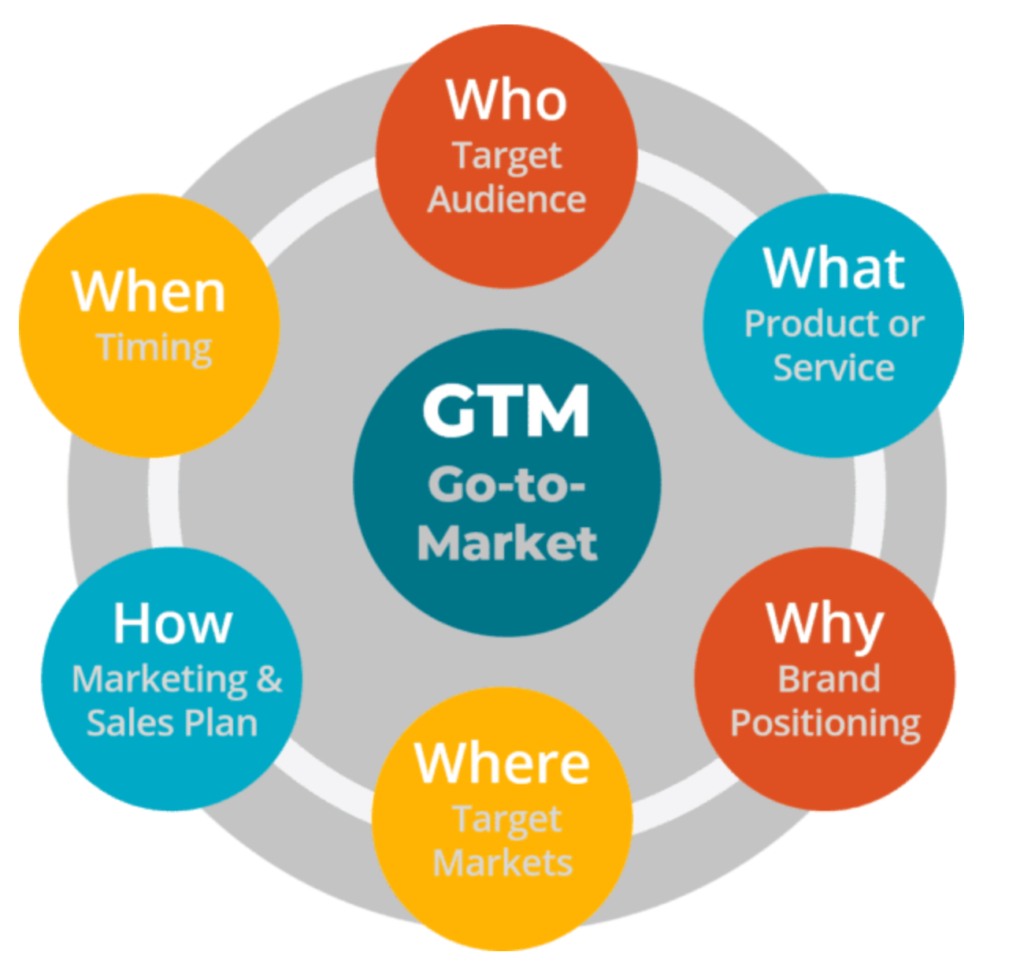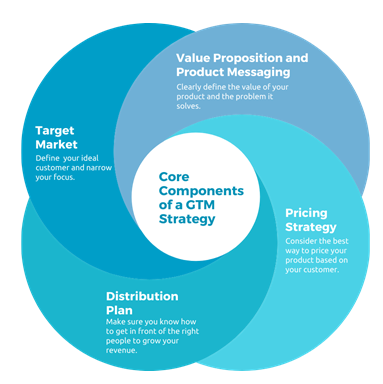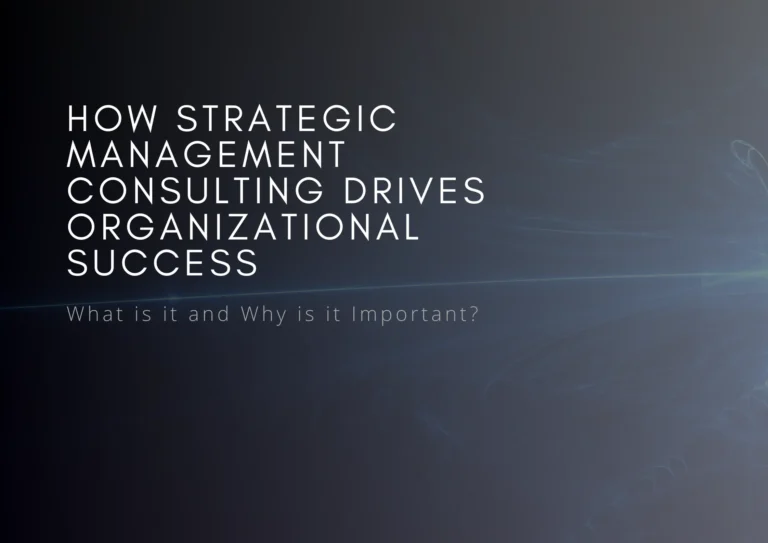A Go-to-Market (GTM) strategy is essential for any company launching a new product or entering a new market. It serves as the roadmap that defines how to introduce and sell your product effectively to your target audience. Whether you’re a startup or an established business, creating a well-thought-out Go-to-Market strategy can make the difference between success and failure.
What is a Go-to-Market Strategy?
A Go-to-Market (GTM) strategy is a comprehensive plan that outlines how a company will bring a product or service to the market and reach its customers. It covers various elements, such as identifying target audiences, choosing marketing and sales tactics, and setting up distribution channels. A GTM strategy focuses on delivering a seamless experience for the customer from awareness to purchase.
Go-to-Market Strategy Purpose
The primary purpose of a Go-to-Market strategy is to ensure that a company introduces its product in the most effective way possible, leading to optimal sales and market penetration. This strategy reduces the risks associated with product launches by:
- Ensuring alignment between product, marketing, and sales teams.
- Defining the target audience and how best to reach them.
- Outlining the steps needed to convert leads into paying customers.
Who Needs a Go-to-Market Strategy?
A Go-to-Market strategy is critical for:
- Startups launching new products and services.
- Established companies entering new markets or releasing major product updates.
- Product managers planning a new product launch or rollout.
- Marketing teams looking to align their efforts with sales to drive growth.
Any business, regardless of size or industry, benefits from a structured GTM strategy to ensure that new products successfully meet customer needs.
Go-to-Market Strategy Benefits
A solid GTM strategy offers several key benefits, including:
- Clear Direction: It provides a clear path for all teams, aligning efforts toward a common goal.
- Reduced Time to Market: By planning ahead, companies can launch faster and gain a competitive edge.
- Resource Efficiency: It ensures that resources are allocated efficiently, reducing waste.
- Better Customer Understanding: It helps in identifying and focusing on the right audience segments.
- Increased Sales: With a tailored marketing and sales approach, businesses can increase their conversion rates and customer acquisition.
Go-to-Market Strategy Framework
The Go-to-Market strategy framework typically involves the following steps:
- Market Research
Understand your target market, competitors, and customer needs. - Buyer Personas
Define the ideal customers that would benefit from your product. - Value Proposition
Clearly articulate the unique value your product offers. - Distribution Channels
Identify the most effective channels (e.g., digital, direct sales, retail) to deliver your product to your audience. - Sales Strategy
Develop a sales plan that aligns with your customer journey and optimizes conversions. - Pricing Strategy
Set the right pricing that balances profitability with customer expectations.
How to Build a Go-to-Market Strategy
Here’s a step-by-step guide on building your Go-to-Market strategy:

Step 1: Conduct Market Research
Thorough research helps identify opportunities, threats, and gaps in the market. Understand your competitors and potential customers to create a strategy that differentiates your product. Try evaluating the effectiveness of go-to-market strategy in the market
Step 2: Define Your Buyer Personas
Buyer personas represent your target audience segments. These personas should include demographics, motivations, and purchasing behavior, helping you tailor your messaging.
Step 3: Develop Your Value Proposition
This is the core of your Go-to-Market strategy. Explain how your product solves a customer pain point and why it’s better than the competition.
Step 4: Choose the Right Marketing Channels
Identify the most effective platforms to reach your audience. This could include online channels like SEO, social media, paid ads, or offline tactics like trade shows and events.
Step 5: Align Sales and Marketing
Create a unified approach that aligns your sales and marketing teams with shared goals, communication strategies, and success metrics.
Step 6: Set a Pricing Strategy
Pricing can make or break your Go-to-Market strategy. Set prices based on your target audience’s expectations, the competitive landscape, and your own cost structure.
Step 7: Measure and Adapt
Track KPIs and performance metrics to measure the success of your Go-to-Market strategy. Be ready to adapt and refine based on feedback and results.
Go-to-Market Strategy Tips
Here are some useful tips for a successful Go-to-Market strategy:
- Start Early: Begin planning your GTM strategy during product development to ensure alignment.
- Focus on Customer Pain Points: Understand the needs and pain points of your target audience to position your product effectively.
- Test Your Approach: Conduct pilot launches to gather feedback and make necessary adjustments before a full launch.
- Be Flexible: Markets and customer needs evolve. Be prepared to adjust your strategy as new data comes in.
- Incorporate Feedback: Continuously gather feedback from customers, sales teams, and marketing channels to refine your approach.
Go-to-Market Plan Template
Here’s a simplified Go-to-Market plan template to get started:
- Executive Summary
Brief overview of the product and market. - Target Market
Define your audience, buyer personas, and market segmentation. - Value Proposition
Explain how your product benefits customers. - Marketing Channels
Outline the key channels to promote the product. - Sales Strategy
Define how your sales team will reach and convert leads. - Budget
Allocate resources for marketing, sales, and product launches. - KPIs
Establish metrics for success (e.g., conversion rates, customer acquisition cost).

Go-to-Market Strategy Examples
- Dropbox: Used a referral-based Go-to-Market strategy to acquire users and increase market penetration. Offering free storage for each referral was a highly effective viral marketing tactic.
- Slack: Focused on a product-led Go-to-Market strategy, offering a free version of its product to encourage trial usage, leading to paid conversions.
- Tesla: Emphasizes direct sales and marketing through company-owned showrooms and online platforms, bypassing traditional dealership models to control the customer experience and pricing.
Call to Action
If you’re ready to build a tailored Go-to-Market strategy that drives real business results, let Agility Growth Partners, the best Go-to-Market Strategy Consulting Firm in New York, helps you craft a customized plan. Our expertise will guide your product to market success, ensuring strong alignment between your teams and maximizing your market penetration. Contact us today to take your next step toward growth!







